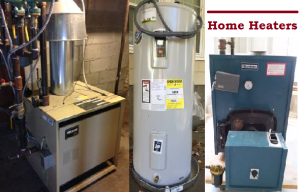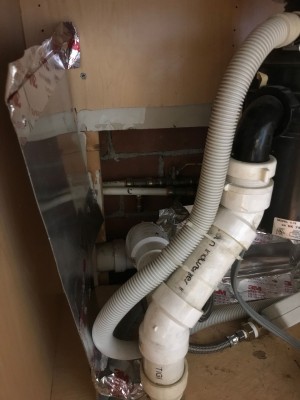3 Primary Factors To Use During The Home Heating Decision Making Process
There are three key factors when determining a heating systems’ fuel and operating costs, which are the home’s heating load or requirements, the kind of energy and its price and the efficiency of the equipment.
A Look At The Heating Requirements or Load
This will depend on a significant number of factors including the home’s size and style, climate, level of insulation, amount of solar energy that can be used, airtightness, thermostat setting, heat provided by appliances and lights, etc. The factors generally determine how much heat the heating system will need to supply during the heating season. This number is typically expressed as MJ, kWh or BTU by three folks:
– Utility representative
– Heating contractor
– Homebuilder
A Look At Chosen Energy Source and The Unit Price
Every energy source has a different price and measurement. Electricity, for example, is price in cents per kilowatt hour. Propane and oil is in cents per liter, natural gas is measured in cents per cubic meter and dollars for every megajoule or gigajoule. Wood is priced in dollars for every cord.
Consider heat content of the different energy sources to learn what one is the most cost-effective in your region. Talk with your fuel supplier or local energy company about the unit prices.
A Look At The Efficiency Of The Equipment
When it comes to the heating cost, it’s important to know how efficient the appliance is at changing the energy source. Extra fuel will need to be consumed to ensure those losses are made up. When the heating device’s efficiency is improved, it lessens its cost and energy usage.
This combination of fuel choice, heating load and efficiency equipment determines what the yearly cost of heating is.
When it comes to homeowners choosing their new heating system, they must balance the initial cost with the operating costs to come up with the best possible one. They need to also consider how the energy prices are going to change. Bear in mind that the yearly operating costs are going to be significant compared to the initial costs, which is why you need to invest in a high-efficiency piece of equipment.
How Environment Plays A Role In The Decision Making Process
Both consumption and energy production have an integral role in the world’s environmental problems. The following things can negatively affect the environment:
– Fuel leaks and spills
– Fossil fuel extractions
– Acid rain
– Global warming
– Urban smog
Every energy form has an impact at some point in the energy cycle
No energy form is totally safe. However, some of the sources’ environmental impacts are fairly unimportant. How you heat your home will affect the atmosphere in various ways:
– Flooding of land during building of remote hydroelectric site
– Emission from coal-fired generating station
– Gases escaping from chimney
 The total ecological impact is determined by the system’s kind of fuel and its amount. Be sure you choose the cleanest source of energy that you can. However, this can be rather complicated in America because they vary by regions. Combustion of fuel oil, propane and natural gas releases various impurities in the local atmosphere.
The total ecological impact is determined by the system’s kind of fuel and its amount. Be sure you choose the cleanest source of energy that you can. However, this can be rather complicated in America because they vary by regions. Combustion of fuel oil, propane and natural gas releases various impurities in the local atmosphere.
It can be easy to fault the contamination on combustion products that’s expelled from the heating system. However, when it comes to electricity, it’s a bit more complex. Electricity, when used, is clean. However, there are some environmental impacts.
In the areas of Alberta, New Brunswick, Newfoundland, Nova Scotia, Ontario, Prince Edward Island and Saskatchewan, heavy oil and coal is burned to ensure electricity demands are met during the winter season. In British Columbia, Manitoba and Quebec, hydroelectric power is used to meet the winter demand and its environmental impact is far less noticeable. In some cases, the methane emissions are high especially in major hydro dam projects. Of course, nuclear power has a set of environmental problems all its own.
In other words, there’s no simple solution but it’s important to purchase the most energy-efficient system that’s best for your area. You can make a positive impact in your area by decreasing how much energy you use and the impact you make on the environment. This is done by increasing your insulation, make your home airtight, proper ventilation, maintenance on your heating system, installation of setback thermostats and improve the heat distribution system.



